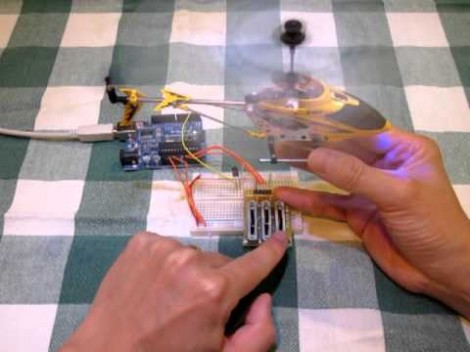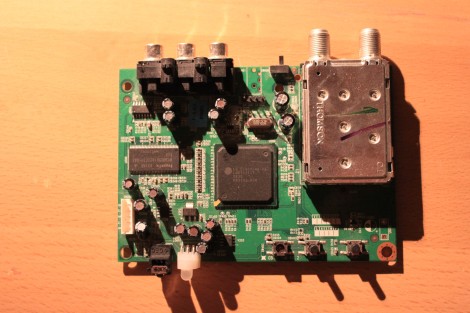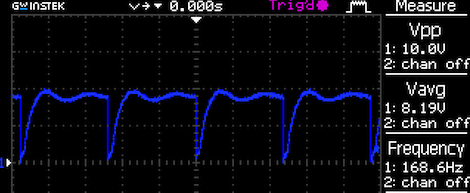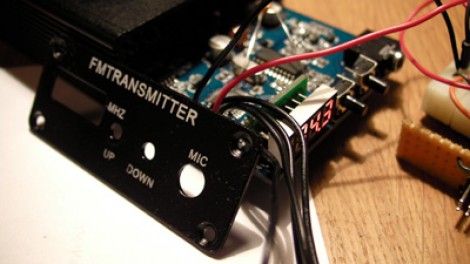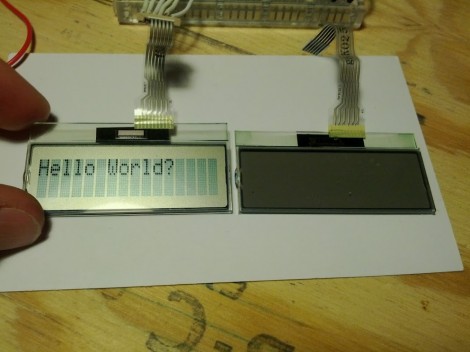
Here’s a pretty tricky piece of consumer electronics reverse engineering. [Joe Fitz] came across the Nikon WU-1a. It’s a dongle that plugs into a Nikon D3200 camera, producing a WiFi connection which can be picked up and controlled from a smart phone. The app shows you the current image from the viewfinder, allows you to snap the picture, then pulls down the picture afterwards. The problem is that the same functionality for his D800 camera will cost him $1200, when this dongle can be had for $60. That’s a powerful incentive to find a way to use the WU-1a with his camera model. This is more than just rerouting some wires. It involves sniffing the USB traffic and drilling down in the datasheets for the chips used in the hardware. We’re not certain, but he may have even rolled new firmware for the dongle.
Details are a bit scarce right now. Your best bet is to watch the video embedded after the break. There is also a set of slides which [Joe] put together for a talk at this weekend’s BsidesPDX. It will give you a general overview of the process he went through. But he also started a forum thread and we hope to learn much more from that as the conversation gets going.

